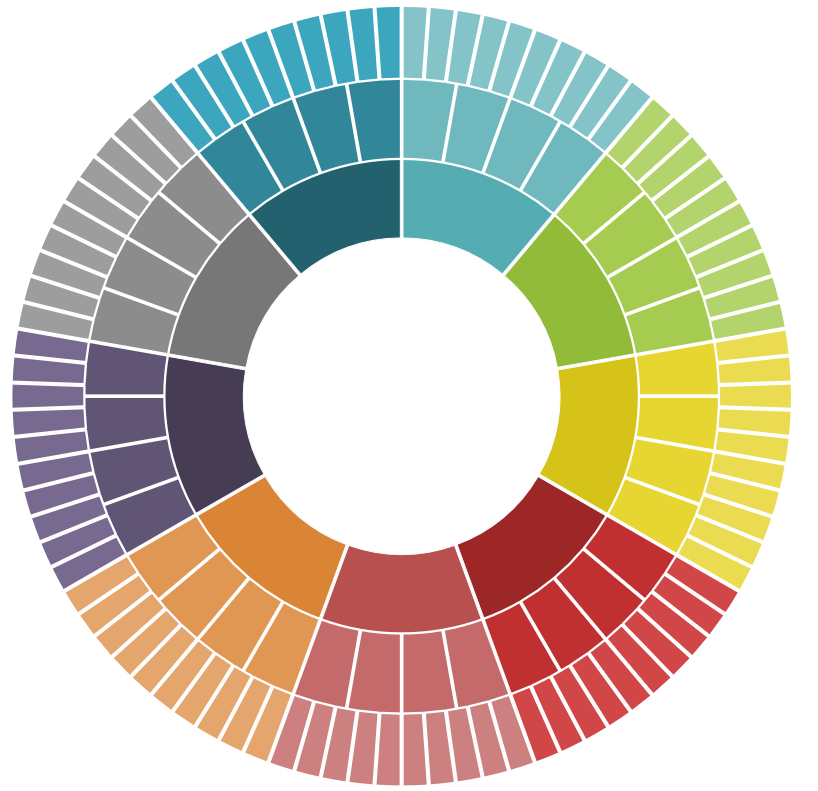Volltextsuche nutzen
- versandkostenfrei ab € 30,–
- 11x in Wien, NÖ und Salzburg
- 6 Mio. Bücher
- facultas
- Detailansicht

Performance of Wood-Polypropylene Composites Made of Alternative Wood Sources

Taschenbuch
47,30€
inkl. gesetzl. MwSt.
Besorgungstitel
Lieferzeit 1-2 WochenVersandkostenfreibestellen in Österreich
Lieferzeit 1-2 WochenVersandkostenfreibestellen in Österreich
Deutschland: € 10,00
EU & Schweiz: € 20,00
EU & Schweiz: € 20,00
In den Warenkorb
Click & Collect
Artikel online bestellen und in der Filiale abholen.
Derzeit in keiner facultas Filiale lagernd. Jetzt online bestellen!Artikel online bestellen und in der Filiale abholen.
Artikel in den Warenkorb legen, zur Kassa gehen und Wunschfiliale auswählen. Lieferung abholen und bequem vor Ort bezahlen.
Auf die Merkliste
Veröffentlicht 2020, von Kim Christian Klein né Krause bei sierke VERLAG - Sierke WWS GmbH
ISBN: 978-3-96548-064-3
Auflage: 1. Auflage
Reihe: Forstwissenschaften und Waldökologie / Holzbiologie und Holzprodukte
172 Seiten
21 cm x 14.8 cm
This thesis evaluates wood-polymer composites (WPC) based on alternative raw material sources, utilizing varying testing methods. It was the objective to gain application- and fundamentals-oriented knowledge.
Wood material sources from short rotation coppice (SRC), beech wood, and recycled thermoset composites have proven to be suitable alternative candidates for the utilization within ...
Wood material sources from short rotation coppice (SRC), beech wood, and recycled thermoset composites have proven to be suitable alternative candidates for the utilization within ...
Beschreibung
This thesis evaluates wood-polymer composites (WPC) based on alternative raw material sources, utilizing varying testing methods. It was the objective to gain application- and fundamentals-oriented knowledge.
Wood material sources from short rotation coppice (SRC), beech wood, and recycled thermoset composites have proven to be suitable alternative candidates for the utilization within wood-polypropylene composites. Alongside the influences of raw material and the manufacturing process on the physico-mechanical properties and the associated bonding performance, attention is drawn onto the impact of individual structural composite morphologies. Possible differences, depending on wood particle characteristics, as well as manufacturing-related phenomena are identified through traditional imaging techniques and X-ray computed tomography (XμCT) imaging. These techniques aided in the discovery that the physico-mechanical properties greatly depend on the applied manufacturing process. Compared to extrusion, enhanced performance (i.e. reduced water uptake and increased bending strength) was achieved with injection moulding. Independent of the manufacturing process, wood particle lengths are dramatically reduced throughout the process. In order to retain particle/fibre length, the applied processing techniques remarkably shows the lasting potential to develop novel and gentler manufacturing processes.
Throughout the experimental studies, XμCT imaging has proven to be a valuable tool for determining the structural characteristics within WPC. XμCT was applied to characterize structural alterations, caused by differences in raw material source and manufacturing process. It was shown that through XμCT imaging, air voids, wood particle agglomerations, and inorganic inclusions are clearly identified. Deriving from these results, an apparent relationship between reduced mechanical properties and increasing amount of air void cavities and agglomerations close to the surface is shown.
This thesis evaluates wood-polymer composites (WPC) based on alternative raw material sources, utilizing varying testing methods. It was the objective to gain application- and fundamentals-oriented knowledge.
Wood material sources from short rotation coppice (SRC), beech wood, and recycled thermoset composites have proven to be suitable alternative candidates for the utilization within wood-polypropylene composites. Alongside the influences of raw material and the manufacturing process on the physico-mechanical properties and the associated bonding performance, attention is drawn onto the impact of individual structural composite morphologies. Possible differences, depending on wood particle characteristics, as well as manufacturing-related phenomena are identified through traditional imaging techniques and X-ray computed tomography (XμCT) imaging. These techniques aided in the discovery that the physico-mechanical properties greatly depend on the applied manufacturing process. Compared to extrusion, enhanced performance (i.e. reduced water uptake and increased bending strength) was achieved with injection moulding. Independent of the manufacturing process, wood particle lengths are dramatically reduced throughout the process. In order to retain particle/fibre length, the applied processing techniques remarkably shows the lasting potential to develop novel and gentler manufacturing processes.
Throughout the experimental studies, XμCT imaging has proven to be a valuable tool for determining the structural characteristics within WPC. XμCT was applied to characterize structural alterations, caused by differences in raw material source and manufacturing process. It was shown that through XμCT imaging, air voids, wood particle agglomerations, and inorganic inclusions are clearly identified. Deriving from these results, an apparent relationship between reduced mechanical properties and increasing amount of air void cavities and agglomerations close to the surface is shown.
